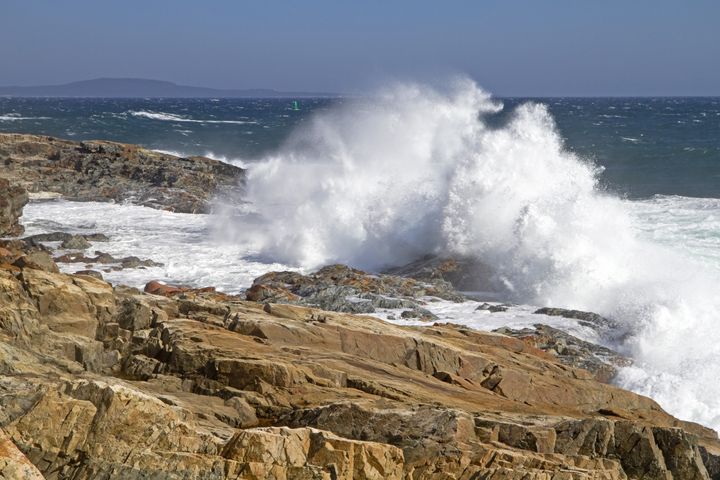
Going green is nothing new at Bethany College, we like to say. Our school colors are green and white, and the splendor of our mountaintop campus, especially in the greening season of spring, is unmistakable.
But there's a more urgent reason that we have chosen a green path. Along with some 700 colleges and universities throughout the nation, Bethany has joined the American College and University Presidents Climate Commitment (ACUPCC). About 400 of the signatories to the Climate Commitment have already filed action plans signifying their institutions' goal of becoming climate-neutral in two years.
As with so many other economic, social and cultural issues of our time, environmental awareness is a natural for academe. Not only do we have capable science and engineering faculty on many of our campuses who are actively monitoring and researching the realities of global warming, but we also have a fresh army of students who are eager to participate in an updated version of the 1970s Earth Day celebrations of our planet. Today, campuses are experiencing a growing interest in doing the right thing environmentally -- from recycling to commissioning energy-usage audits to revamping business practices to reflect greater environmental conservation and stewardship.
There are compelling reasons to do so beyond simply protesting pollution. As my colleague Dr. Marylouise Fennell and I wrote recently in a piece for College Planning & Management, "curbing emissions and using clean, renewable energy sources will not only stabilize and reduce long-term energy costs, but also attract funding while fostering new opportunities and synergistic partnerships." Even better, perhaps, than financial incentives, the ACUPCC believes that institutions "integrating sustainability into their curriculum will better serve their students and meet their social mandate to help create a thriving, ethical, and civil society."
Because solving global environmental problems must be a collaborative effort to succeed, such modeling can begin on campuses. At Bethany, students worked with faculty to develop a survey that yielded useful data about campus pollution. The first comprehensive analysis of greenhouse gas emissions at Bethany, the survey instrument became a model for future data collection.
At the grassroots level, meanwhile, students embraced recycling, working with our dining service to foster food awareness and stewardship of energy resources through a series of workshops and demonstrations designed to illustrate what it costs to produce, dispense and waste food. Over a two-day period, they collected 239 pounds of wasted food from the campus cafeteria, while promoting a food drive that secured 250 pounds of canned and non-perishable items which were donated to area needy families. Nearly all of our students contributed to the food drive.
Bethany will soon significantly increase paper recycling, collecting and shredding paper waste throughout the campus and devoting much of it to bedding for our horses at the College's equestrian center at Wheeling's Oglebay Resort and Conference Center.
Sustainability is the magic word, of course. The ACUPCC encourages campuses not only to foster awareness, but to inculcate it permanently in institutional practice and tradition. Assistance is available to colleges and universities in identifying financial resources, including initiatives available through government and private-sector programs, to offset the start-up costs often associated with "going green." That's useful in convincing governing boards to buy into the plan. Long-term, campus environmental programs pay for themselves in reduced energy costs and enhanced facility efficiency, along with stewardship of tuition dollars and public-relations benefits that appeal to prospective students and their families.
Interdisciplinary approaches that unite curricular programs toward achieving common goals also offer exciting possibilities. Encouraging departments in the natural sciences, political science, public policy, business and economics, communication and others to analyze environmental problems from multiple perspectives offers tremendous opportunities for building interdepartmental consensus, developing new programs and strengthening institutional marketing.
If recent weather patterns are any indication of climate change -- and there is compelling evidence that points to human intervention as the leading factor -- our colleges and universities may be the perfect laboratories in which to develop practical models and solutions for addressing complex environmental problems. Although institutions are often resistant to rapid change, climate change is a reality that higher education can and must address -- locally, globally and definitively.
Dr. Scott D. Miller is president of Bethany College and M.M. Cochran Professor of Leadership Studies. Now in his 22nd year as a college president, he serves as a consultant to college presidents and boards.
